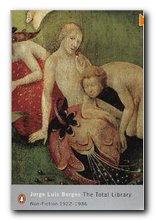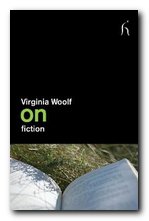sample from HTML program and PDF book
1. Short, clear, and simple sentences are usually more effective than those which are long and complex. Avoid piling up clause upon clause. In the majority of essays, you should aim for clarity and simplicity in your written style. If in doubt, remember this rule: Keep it short. Keep it simple.
2. Punctuate your work firmly, making a clear distinction in your writing between marks such as the comma, the semicolon, and the full stop.
3. Remember that all sentences without exception must begin with a capital letter and end with a full stop.
4. Remember that the common word order (syntax) of a simple sentence written in English is as follows:
subject – verb – object
The cat eats the goldfish
Elephants like grass
We are the best team
If you are in any doubt at all, follow this pattern. Sentences which go out of grammatical control often lack one of these elements, or they have them placed in a different order.
5. You should avoid starting sentences with words such as ‘Again’, ‘Although’, ‘But’, ‘And’, ‘Also’, and ‘With’. These words are called conjunctions, which normally belong in the ‘middle’ of a sentence, not at its beginning. Sentences which begin with a conjunction are very often left grammatically incomplete.
6. Remember that speech and writing are two different forms of communication. Avoid the use of a casual or conversational style when writing. For instance don’t string together clauses which are grammatically unrelated. This is quite normal in speech, but it should be avoided in formal writing.
7. What follows is an example of a statement which has too many unrelated clauses, which goes on too long, and which eventually skids out of grammatical control.
Less smoking would undoubtedly lead to redundancies in the tobacco industry, a consequent rise in the number of unemployed, more people dependent upon State benefits to be supported by a government with subsequently reduced income.
8. The same arguments can be expressed far more clearly and effectively by splitting them up into two separate and shorter sentences. (I have also made one or two minor changes to enhance the sense.)
Less smoking would undoubtedly lead to redundancies in the tobacco industry and a consequent rise in the number of unemployed. More people would then become dependent upon State benefits, which would have to be paid out by a government with a reduced income.
9. Most problems in sentence construction are caused by two or three closely related factors:
- The sentence is much too long.
- Too many unrelated clauses.
- The sentence starts with its verb or object, rather than the subject.
- The sentence start with a conjunction (‘although’, ‘because’).
10. The solution to this problem is worth repeating:
Keep it short. Keep it simple.
© Roy Johnson 2003
Buy Writing Essays — eBook in PDF format
Buy Writing Essays 3.0 — eBook in HTML format
More on writing essays
More on How-To
More on writing skills
 From his earliest years he produced book reviews, essays, lectures, film reviews, prologues, and translations in addition to his now-famous fictions. He even invented literary genres – the essay which is part philosophic reflection and part fiction; studies of imaginary works; and biographies of people who did not exist. This in addition to spoofs, mind games, and metaphysical writings of a kind that seem to transcend national boundaries – which is partly why he managed to establish his international reputation.
From his earliest years he produced book reviews, essays, lectures, film reviews, prologues, and translations in addition to his now-famous fictions. He even invented literary genres – the essay which is part philosophic reflection and part fiction; studies of imaginary works; and biographies of people who did not exist. This in addition to spoofs, mind games, and metaphysical writings of a kind that seem to transcend national boundaries – which is partly why he managed to establish his international reputation.